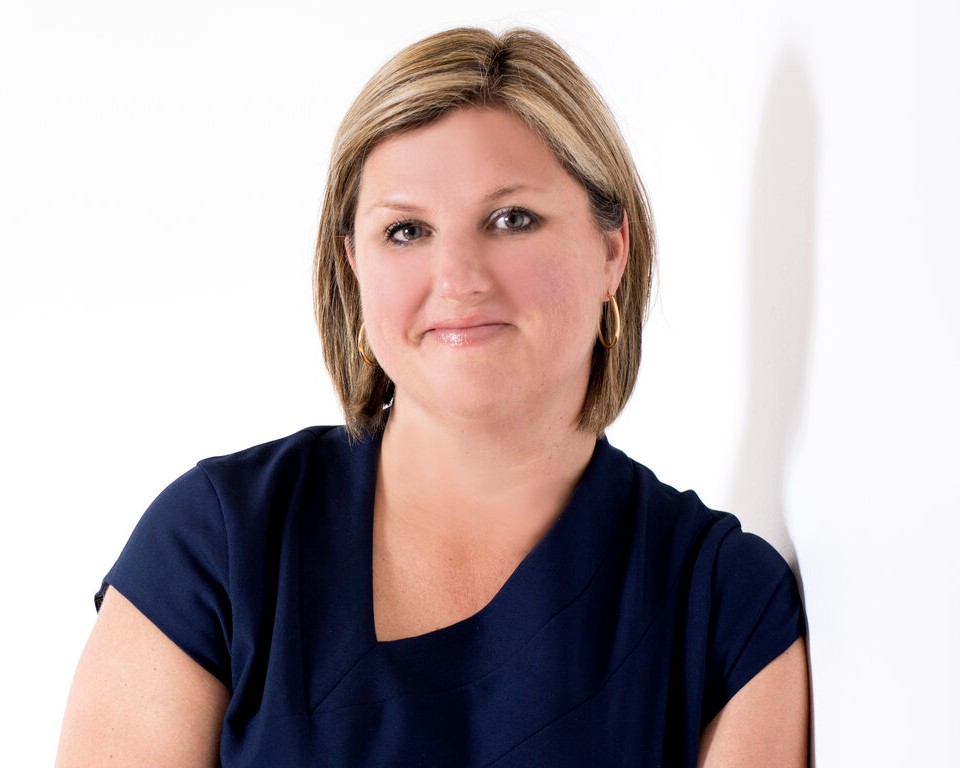Published May 30, 2023 • 8 Min Read
Canada continues to face a challenging economic outlook — in particular, interest rate hikes and rising inflation have put considerable pressure on Canadian households. This pressure, in turn, affects small business owners who must find a way to sell, compete, survive and thrive in spite in this environment.
Being aware of the headwinds the Canadian economy is facing — and understanding the forecast for the future — can help owners prepare, adapt and potentially pivot their businesses for ongoing success, even during challenging times.
2023 Economic Outlook
RBC Senior Economist Josh Nye presented a detailed snapshot of the Canadian economic outlook. The following are the highlights:
A recession?
Nye and his team continue to forecast a mild recession in Canada and the U.S. in upcoming quarters. “It’s not a major recession,” he says. “It doesn’t look anything like in the early stages of 2020 when the economy fell off a cliff. It’s more of a stalling of Canada’s economy,” he explains, indicating the slowdown in housing and consumer spending is the key drag on the economy.
Inflation
Inflation has been a key theme in Canada and other economies over the past year. The headline inflation rate (which includes commodities such as food and energy prices) rose to 8 per cent in the summer of last year, which was the highest Canada has seen in nearly 40 years. “Energy prices were a big part of that,” explains Nye, adding, “food inflation remains quite firm and continues to present challenges for households.”
As agricultural commodity prices are starting to come down, as are transportation costs, he is forecasting to see some easing in this area. At the same time, the high visibility of food prices weighs on the confidence of everyday Canadians and contributes to other economic challenges, such as consumer spending.
Interest rates
Over the past year, the Bank of Canada (BoC) increased its overnight rate by 4.25 per cent. In January, the BoC advised they were “moving to the sidelines” to evaluate the impact of these past increases and give some time for monetary policy to work through the system.
“Right now, they are maintaining that pause, emphasizing to the market that if inflation doesn’t cool as much as they’re expecting, or if the economy doesn’t slow as they’re expecting, they might have to raise interest rates further,” Nye explains. Because Nye and his team are expecting a slowdown, they don’t expect rates will increase further. “But I don’t think we’ll see any interest rate cuts until the early stages of next year,” he says.
The labour market
As business owners already know, labour shortages have been a major issue over the past year. With the unemployment rate sitting at 5 per cent, which is close to a record low, businesses continue to experience difficulty attracting workers. “And, the tight labour market has contributed to strong wage growth of about 5 per cent,” says Nye, which is “well above what the Bank of Canada wants to see.”
Given the expectation for a mild recession in the coming quarters, Nye expects the unemployment rate to rise, which should spell some relief for owners. But seeing the current rate is so low, the impact will take some time.
Impact on consumer spending
Although many Canadians are earning more, higher prices mean Canadians’ hard-earned dollars aren’t going as far. “I think that explains a significant pullback on consumer confidence,” says Nye.
Higher interest rates, which affect Canadians with mortgages up for renewal and who are servicing other debt, means there is less money left over for the average Canadian, leading to a more pessimistic consumer outlook relative to last year.
Watch the on-demand recording of this webinar:
Finding opportunities for your business
“One of the biggest gifts that we as entrepreneurs and small business owners have is the opportunity to look for the doors that are open for us,” says Shelagh Cummins, CEO and Founder of The Road to Seven. “As much as we would love to control interest rates and loan rates, it’s out of our control. So all we can do is focus on what we can control and double down on what’s been working well.”
Recognizing this is a volatile economic world, Cummins offers these practical tips for coping in today’s environment:
Re-evaluate your audience
While consumer confidence and spending have decreased over the past year, Cummins emphasizes that some segments of the population will be harder hit than others. “When you’re building a business, your niche is going to determine how much money you make. If you are serving one of the populations that has been hit very hard, it’s probably time for you to shift a little bit and think about who else needs your services.”
Review your business model
“Interest rates are what they are,” says Cummins pragmatically, acknowledging there is nothing that business owners can do about them. It means, however, that as a business owner, the cost of doing business has increased. “If you look at your costs of doing business now versus a year ago, and if you haven’t raised your rates in the last year, you are doing yourself a disservice because you are losing money,” she says, encouraging owners to look closely at their numbers.
Manage your debt
While you cannot control interest rates, there is the opportunity to reduce how — and how much — debt is used in the operations of your business. And therefore to lower your cost of doing business.
Rethink pandemic-driven behaviours
During the pandemic, did you stock your shelves with inventory, unsure how and when you could receive your next shipment? If your supply chain has improved, Cummins suggests rethinking your strategy if it frees up cash flow and reduces borrowing costs.
Make decisions based on cash flow
“Now is the time to be looking at money coming in versus money going out and understanding what your expenses are relative to the revenue you’re earning,” says Cummins. She explains how some owners she works with have moved out of their rental office spaces and back into their homes. “While it was nice for them to get out of the house, it was an expense that wasn’t necessarily making them more money,” she says. “We want to be making good business decisions and looking at cash through this lens.”
Establish your point of differentiation
Why should someone choose you over somebody else? Cummins encourages business owners to answer this question and communicate it loudly and clearly. “People are going to keep buying — some pay be buying less, and some may not be buying right now, but your job as the small business owner is to find the people who are still buying. This is a time to look at your messaging, your brand positioning, establish your importance and market your differentiation within the market.”
Seek out partnerships
One way to integrate into a community and deliver incredible value is to partner with another business serving your audience in a different capacity. “We’re so afraid of partnering up with other businesses because they’re competition when really it’s such a powerful tool,” Cummins explains, adding there is significant opportunity for joint ventures where both businesses benefit.
Double-click on your e-commerce strategy
While some consider e-commerce part of the pandemic story and in the rear-view mirror, Cummins emphasizes it remains a key part of growth. “The brick-and-mortar businesses who had to shift quickly online now have an online audience who only want to buy from them digitally. Our market is now trained to purchase online, so it’s our job to provide both opportunities and offer a hybrid model to consumers.”
Indeed, the latest RBC Small Business poll found people want choice — the human connection of in-person service with the speed and convenience of e-commerce.
Hire for growth
When dollars are tight, there is a tendency to work in the business as much as possible. “But you’ll eventually hit a cap,” cautions Cummins. “Your job is to keep finding ways to increase your revenue and your profit. Sometimes that involves taking the risk of bringing someone in. As you grow, you need to shift from being the doer to the leader of the business.”
When the economy is volatile, it is an opportunity for small businesses to shine. “This is the time to double down on your determination, your grit and your resilience,” says Cummins. So, when Canadians who haven’t been buying come back out when the economy is stronger, you will already be in market, bigger and stronger than ever.
This article is intended as general information only and is not to be relied upon as constituting legal, financial or other professional advice. A professional advisor should be consulted regarding your specific situation. Information presented is believed to be factual and up-to-date but we do not guarantee its accuracy and it should not be regarded as a complete analysis of the subjects discussed. All expressions of opinion reflect the judgment of the authors as of the date of publication and are subject to change. No endorsement of any third parties or their advice, opinions, information, products or services is expressly given or implied by Royal Bank of Canada or any of its affiliates.
Share This Article






